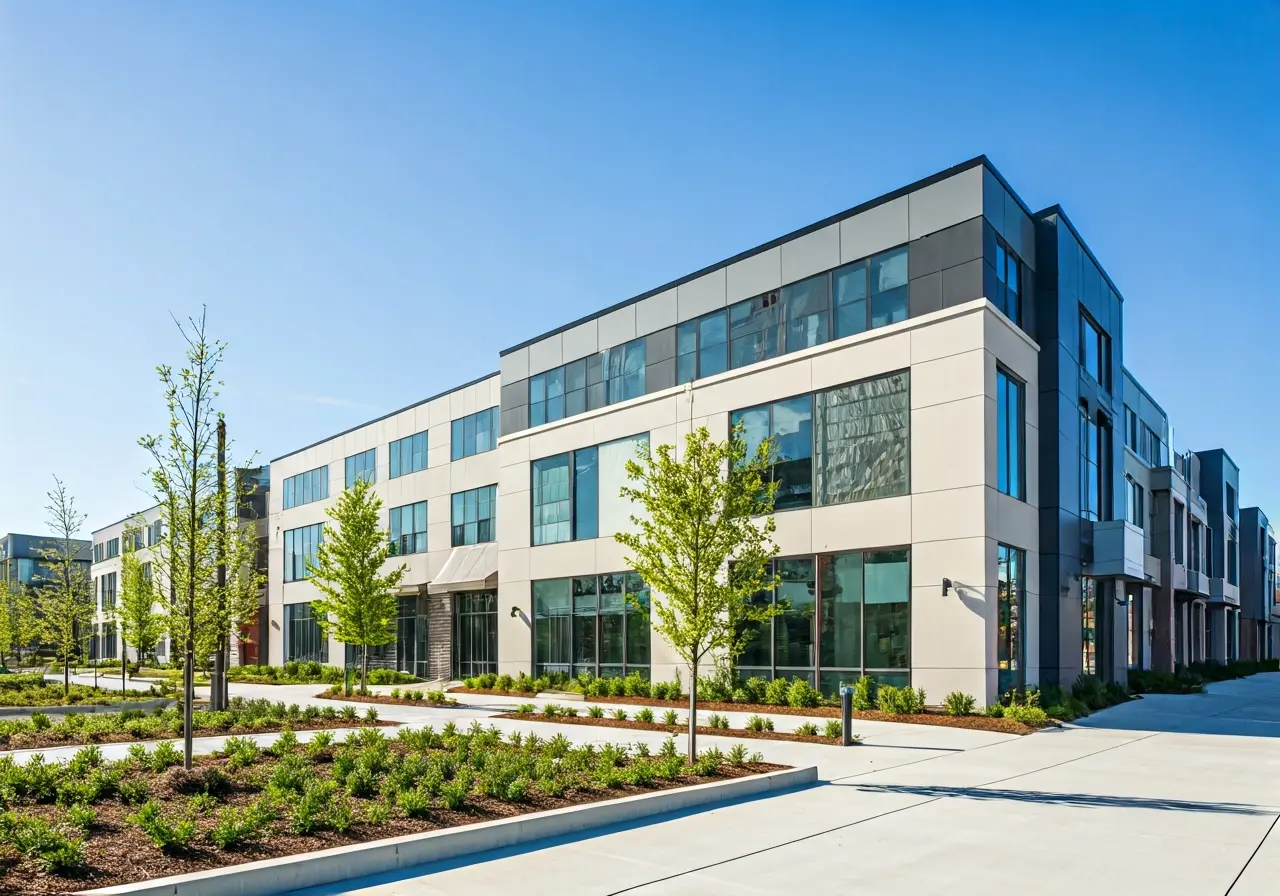Americans are living longer than ever before — and aging into the “retirement” category at an unprecedented rate. In July of 2019, the U.S. Census Bureau noted that more than 54 million Americans were age 65 years or older. It estimates another 10,000 turn 65 each day. While there are numerous factors benefiting the Baby Boomer generation (U.S. adults born between 1946 and 1964), our nationwide shift toward healthier lifestyles and mindful, positive aging is not to be overlooked.
The vitality-focused lifestyle has run through the spin cycle for just about every business vertical imaginable. From the products-and-advice empire, GOOP, to the meteoric rise of Peloton sales and subscriptions during COVID, (and don’t forget the Great Cauliflower Glow-Up!) the entire country is literally buying into the idea of better living. But marketing this new mindset takes much more than sun-lit photography, a casual script font, and carefully-styled sweat droplets.
It takes time — and empathy — to understand how this generation has reclaimed their health, their futures, and their outlook on aging. It’s time to completely reinvent the way we market to modern senior citizens.
Let’s examine some assumptions of marketing to aging populations, and how they need to change, in order to drive real value for this major target audience:
1. Retirees live on a fixed income and aren’t interested in buying non-essentials.
Sure, retirees may not be pulling down checks from a 9-5 job but the Baby Boomer generation still controls approximately 70% of the country’s disposable income. Buxton, a customer analytics pioneer, also found that shoppers age 65 and older spend “roughly 50% of all CPG dollars (including apparel).” AARP found that Baby Boomers planned to spend over $6,600 on travel and planned to take 4-5 leisure trips in 2019. Clearly, this demographic has bigger things in mind than budget shopping for basics — as marketers, we need to get comfortable with the idea that Boomers are prioritizing wants over needs and we must reevaluate the campaign language used across the board.
2. “Well, our target market is men and women, 18–55.”
Inherent ageism and strategic pitfalls aside, Baby Boomers are consistently outspending Millennials and Gen Xers — and the categories may surprise you:
- Baby Boomers make up 46.8% of pet spending
- 59% were willing to pay extra for socially compliant, sustainable products
- 49% are interested in functional foods like probiotics and vitamins
- 20% eat ready-to-eat snack food like fruit, candy bars and nuts
In their 2018 wrap-up, VISA plainly stated, “[...] the strongest future growth potential in spending lies firmly with Baby Boomers.”
3. Retired means retired; they don’t do much during the day.
Second or “encore” careers are booming. Although the financial impacts of healthcare and other life changes influence a Boomer’s desire to reenter the workforce, research respondents for the National Institute of Health also declared,
[I] want to continue working to maintain a sense of identity, fulfillment, and social connection.
Franchises, part-time work for access to better health benefits, and creative small businesses are just a few of the ways older adults are delaying retirement. Of those who have exited the workforce, social and political activism, caregiving for a spouse or grandchildren, and continuing education top the list of ways to spend their time. Moreover, this audience has a strong drive to preserve their legacy, both in terms of wealth and achievements. We have to analyze these psychological pushes and pivot go-to concepts to meet these consumers where they really are.
4. Retirees are behind on the technology learning curve.
It’s easy to underrate the advances of prior decades, but what we now consider outdated technology blazed the path for modern office life. In fact, younger Boomers that entered the workforce in the 1970s and ‘80s “came of age” at the height of office automation. Word processors, copiers, fax machines, intranets, desktop computers and mobile phones were standard equipment for this generation. But what about our recent shift to an always-on culture? Per AARP, “Surveys by the Pew Research Center found that among those 65-plus:
- two-thirds use the internet (and 75% of them use it daily)
- 37% use at least one form of social media
- 42% own a smartphone”
If we combine these habits with discretionary spending ability, it’s easy to see how valuable the Baby Boomer market can be. So how do we reach them? Brands must expand their voice and visuals, and shift tactics, to accommodate these engaged seniors.
5. The real decisions about senior living are made by primary caregivers, not the residents.
Extenuating circumstances aside, Boomers are proactively planning their own golden years in ways previous generations never considered. This shift is extremely important in the Senior Living segment. Downsizing into a retirement community is no longer synonymous with a cramped apartment in 10 shades of beige. Among other trends in senior living, residents are demanding active adult communities where independence and personalized amenities are top priority. View this market opportunity through the lens of hospitality — convenience, leisure, livable luxury, location and value for money are all major factors for seniors who are looking to relocate. Taking it a step further, corporate or clinical-sounding collateral will get you nowhere. In a 2017 survey on social marketing, Boomer women said they respond most to the campaigns and influencers that make them laugh and share real-life experiences, even on serious topics.
This demographic, perhaps even more so than Millennials, refuses to be categorized. Put simply, this is the end of your grandma’s direct-mail coupons — and that’s just how they like it. To see how we’ve busted the stereotypes of senior living and branding, schedule a meeting with Vince for a one-on-one walkthrough of our branding work with Peachtree Hills Place, a luxury 55+, equity model continuing care retirement community.

.jpg)
